Interview: Nalle Colt – Vintage Trouble
As Vintage Trouble roll into Bristol, we meet the band’s resident tonehound and discover that there’s more rhythm than blues in their sharp-dressed new sounds.

Photography Eleanor Jane
Vintage Trouble’s high-energy rhythm and blues live show has drawn rapturous applause in some of the world’s biggest concert venues thanks to support slots with rock royalty such as The Who and AC/DC. Frontman Ty Taylor could sing the phonebook and make it sound good, but even though Vintage Trouble have seemed poised for superstardom for several years now, the band’s much-admired guitarist Nalle Colt admits they “still have a hard time actually getting our records played and getting airplay and getting regular mainstream people to hear it.”
In late April, with newly recruited keyboard player Brian London in tow, Malmö-born Colt and his fellow adoptive Angelenos decided to get away from it all and decamped to the Caribbean to work on new music with eclectic pop producer Jeeve, aka Jean-Yves Ducornet.
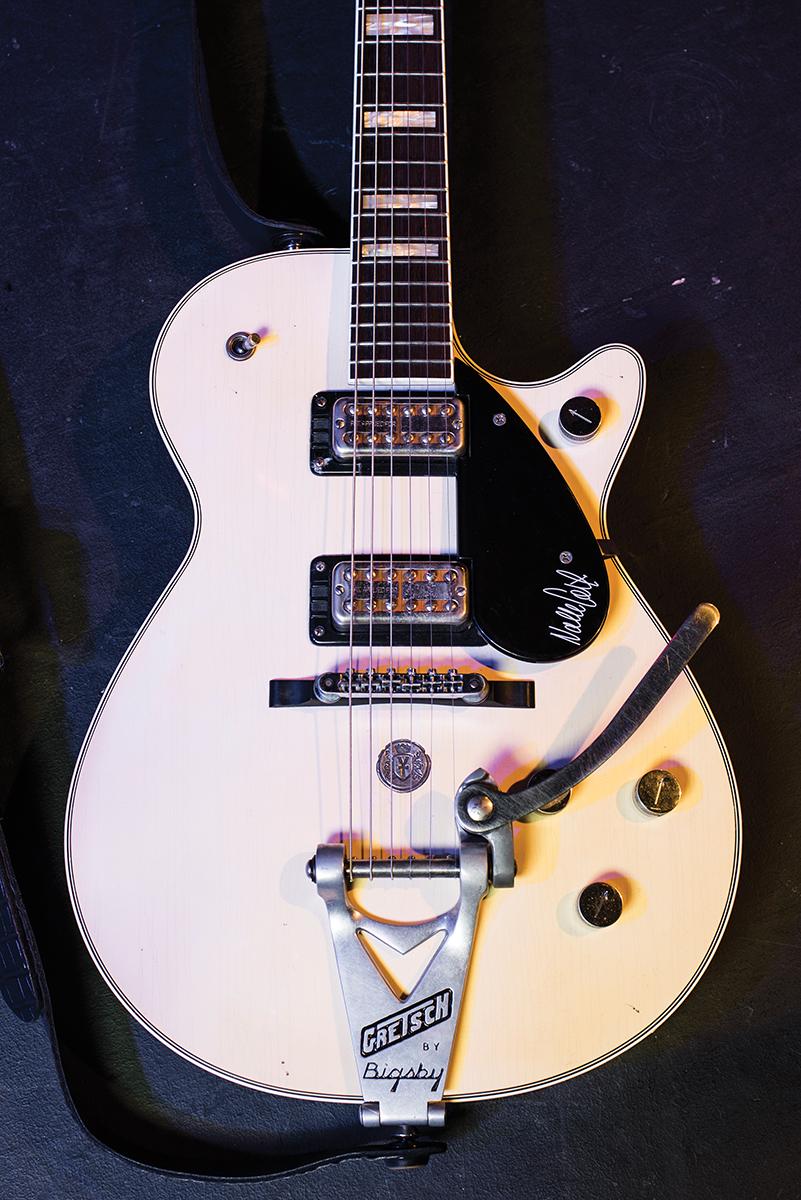
Colt’s Gretsch Duo Jet was built by Stephen Stern and his team in the Gretsch Custom Shop. The guitar has an aged white finish and comes loaded with a set of Monty’s PAF pickups in Filter’Tron covers. The Vintage Trouble logo features on the medallion that is situated between the tailpiece and bridge
“Our manager spotted a place in the Cayman Islands,” Colt recalls. “We’re on the road so much, so for us to find 10 days to actually go to a studio and do it… I think we needed time to be alone by ourselves and maybe reconnect. If we record in LA all our friends come down and hang out and everyone has opinions about the recordings. We have Brian with us now. We just hired him but we wanted to bring him in on the recordings. We definitely wanted to take it in a little bit of a different direction this time. We reached a limit.”
Ask Jeeve
Although 2015’s long player, 1 Hopeful Rd, was well-received by fans, the band hit a glass ceiling when it came to wider appeal and exposure. Initial discussions about working with outside writers were met with resistance: “We talked to radio and they were looking for something else, sound-wise,” remembers Colt.

“At the time we got a little bit insecure and we got scared. What do you mean? We can’t write our own songs? So suddenly with our management we were talking about finding a producer, working with songwriters and at the beginning we were like, ‘What the fuck are you talking about? We’re not doing that shit!’”
Lead singer Taylor ended up working on new material with several producers away from the rest of the band. Of those collaborators it was Jeeve – described by Colt as, “a great musician, great drummer, great guitarist” with “a great sense of music” – whom the band chose to work with after he and Taylor penned the appropriately-titled Battle’s End.
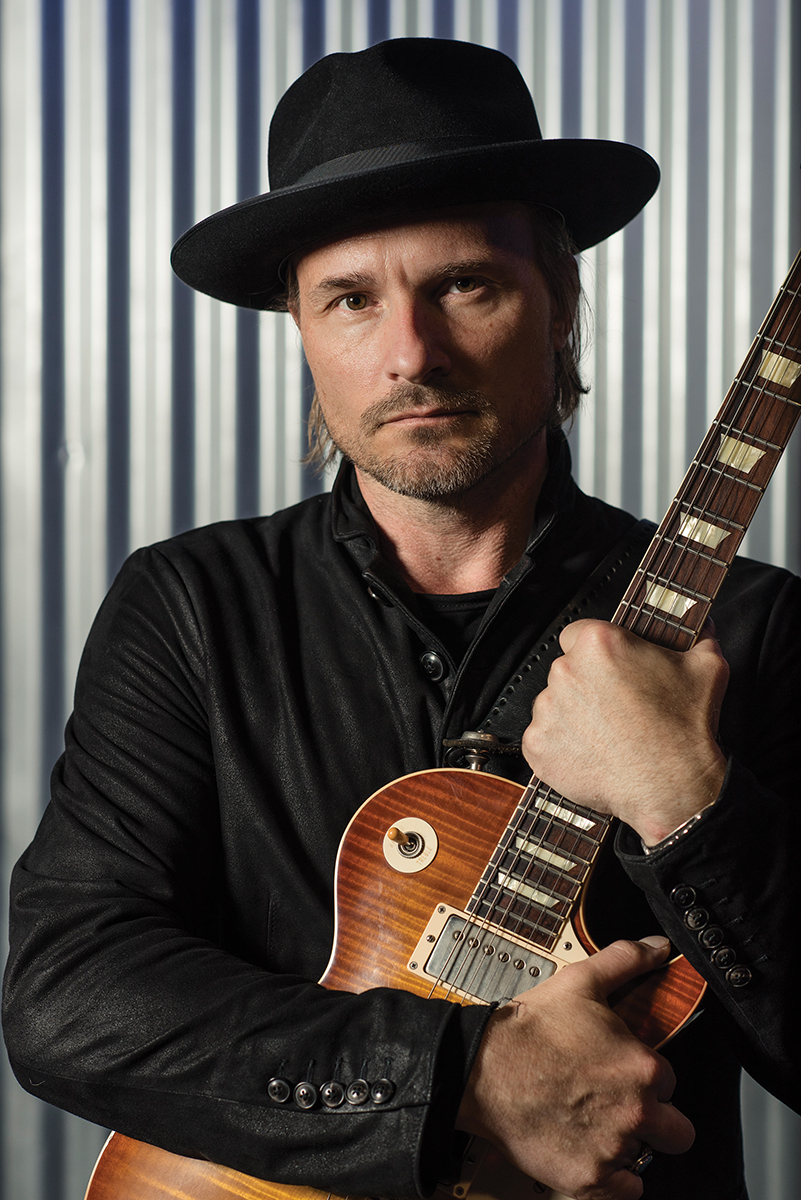
Colt’s Gibson Custom Les Paul (above) and Fender Custom Shop Relic Telecaster (below) feature heavily on the band’s new material; they were the only guitars he was able to take along to sessions in the Cayman Islands. The Les Paul features Crazyparts 1959er PAF replica pickups, which gives Nalle the versatility he requires
“It’s a beautiful song,” says Nalle. “Ty told us a lot about him and his situation. We ended up meeting and we all liked him and we just took a chance. If it didn’t all work out then at least we all hang out in a cool house in the Cayman Islands for 10 days!”
Although some of the photos posted on the band’s social media pages might have been mistaken for holiday snaps, Colt reveals that the band worked hard and took the opportunity to try new approaches: “For us it was important this time to work with a pop producer. Someone who has a little more modern edge. I come from blues music, blues guitar, everything I do comes from that energy, and all the records we’ve done before, we always did it live, all of us together, even Ty singing. We’d just pick takes and that’s it.
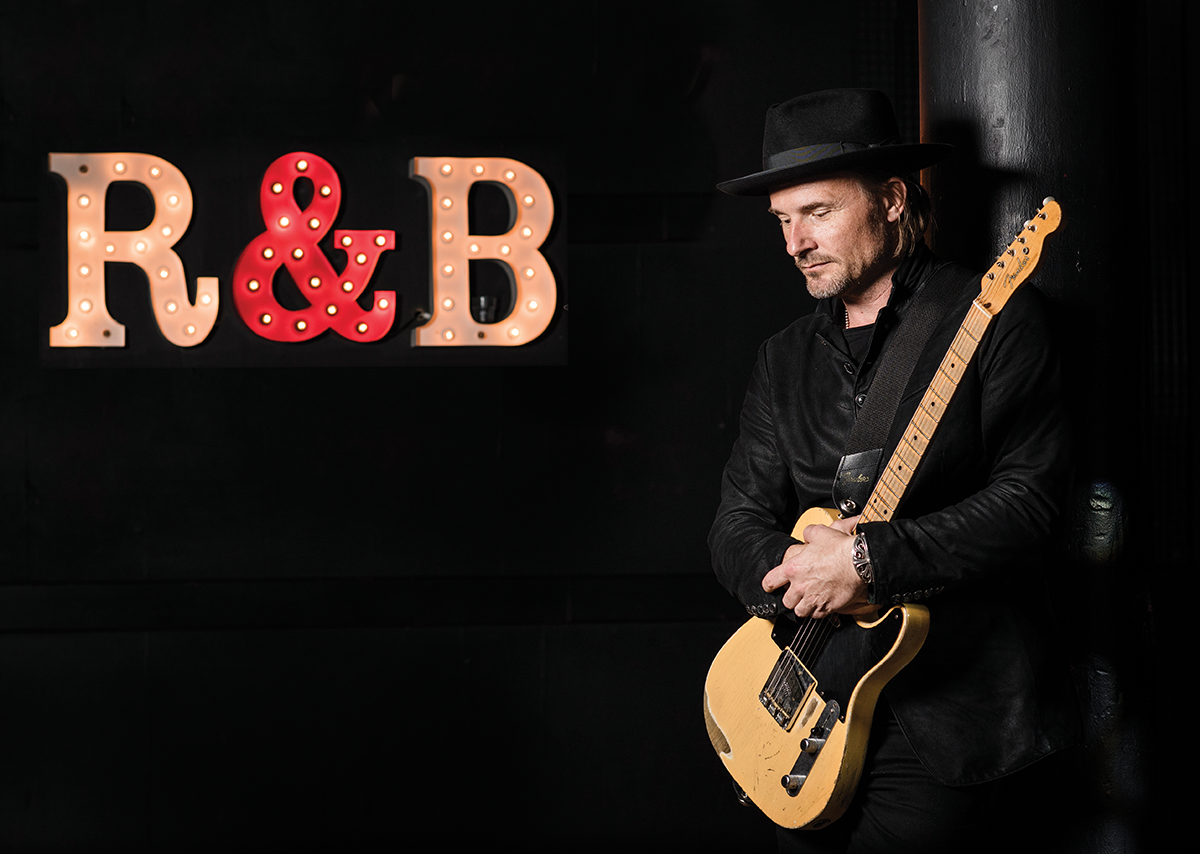
“We talked to the producer and had a meeting and he was like, if we’re going to do something that really pops on the radio, I think you need to approach it differently. Kids are used to a different energy now. I probably was one of the ones who had to struggle the most, in a way in the beginning I was almost angry, ’cause I felt like we were betraying what we are doing, y’know? I love rock bands and I love the straight-up thing, but for us it was also like, how do you stay alive as a band and keep reaching more people?

“I love our old records, they are great, I’m so proud of them, but we wanted to try something different. And this was quite different, we did it separately and I laid guitars down by myself and it’s a lot more orchestrated this time. There was a little less room for improvising and stuff like that. We wanted to concentrate on really bringing out the tracks and the power of it. It’s good, but it’s different.”
Marooned Five
The sessions in the Cayman Islands weren’t simply about a mindset shift: the geography of the situation meant that Colt was limited when it came to the amount of gear that he could call on. “I’m an amp fanatic… I love all that stuff. But we flew to the Cayman Islands and they were like, you can’t bring anything! You can bring like, two guitars and a fuzz pedal. They had some stuff that was just basically a Marshall and an AC30 that I ended up using. I even used some plugins and went straight into a computer.
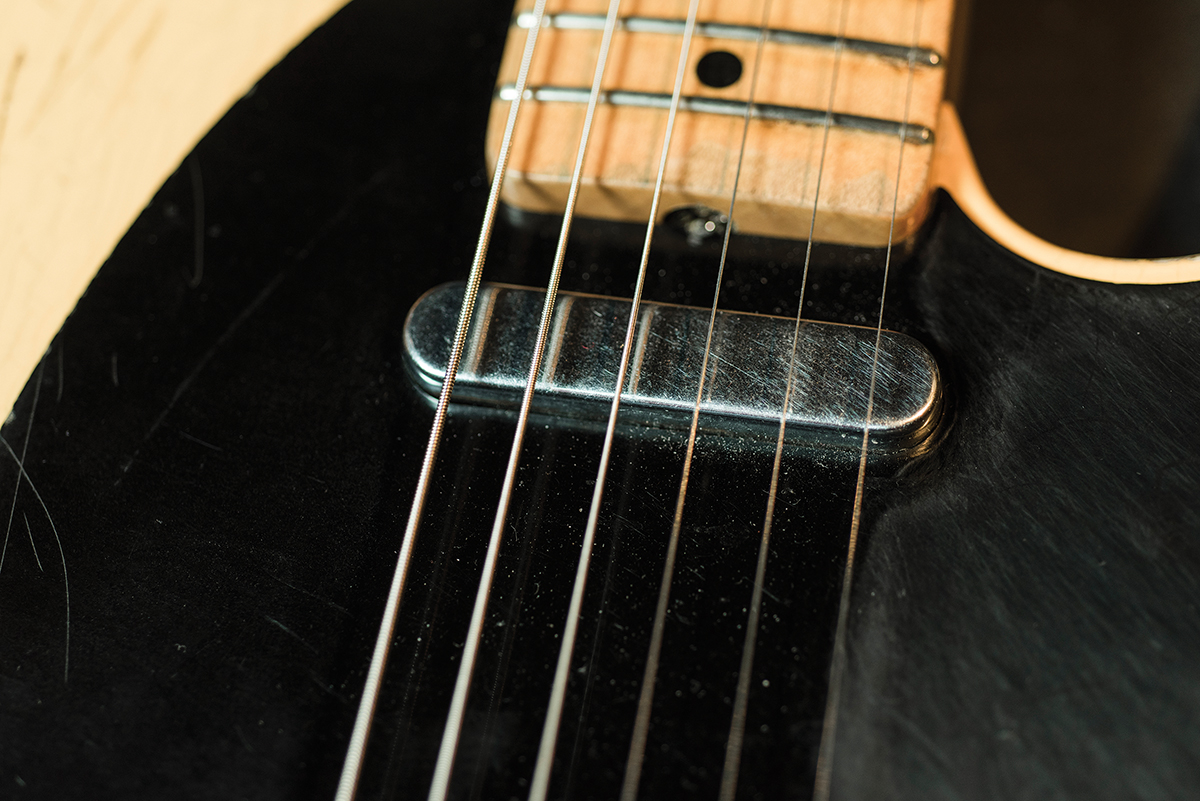
“It was interesting for me because I’ve never really been in that world. It was quite challenging, I almost had to fight myself and go against what I always thought was the real thing. We wanted to stay away from the blues aspect a little more, there’s a lot more rhythm guitars. It was fun because it was turning everything around and going the opposite way. And I’m proud… the songs sound incredible. It’s got a lot of great grooves – Richard [Danielson], our drummer, really came through and did some amazing stuff.”
At least being stranded on an island with only two guitars and two amps didn’t leave much room for option paralysis, which Colt feels was a problem in previous sessions: “I think that was one of the main issues on the last album. We were in LA, I was so happy, I was like, ‘I’m bringing everything I have!’
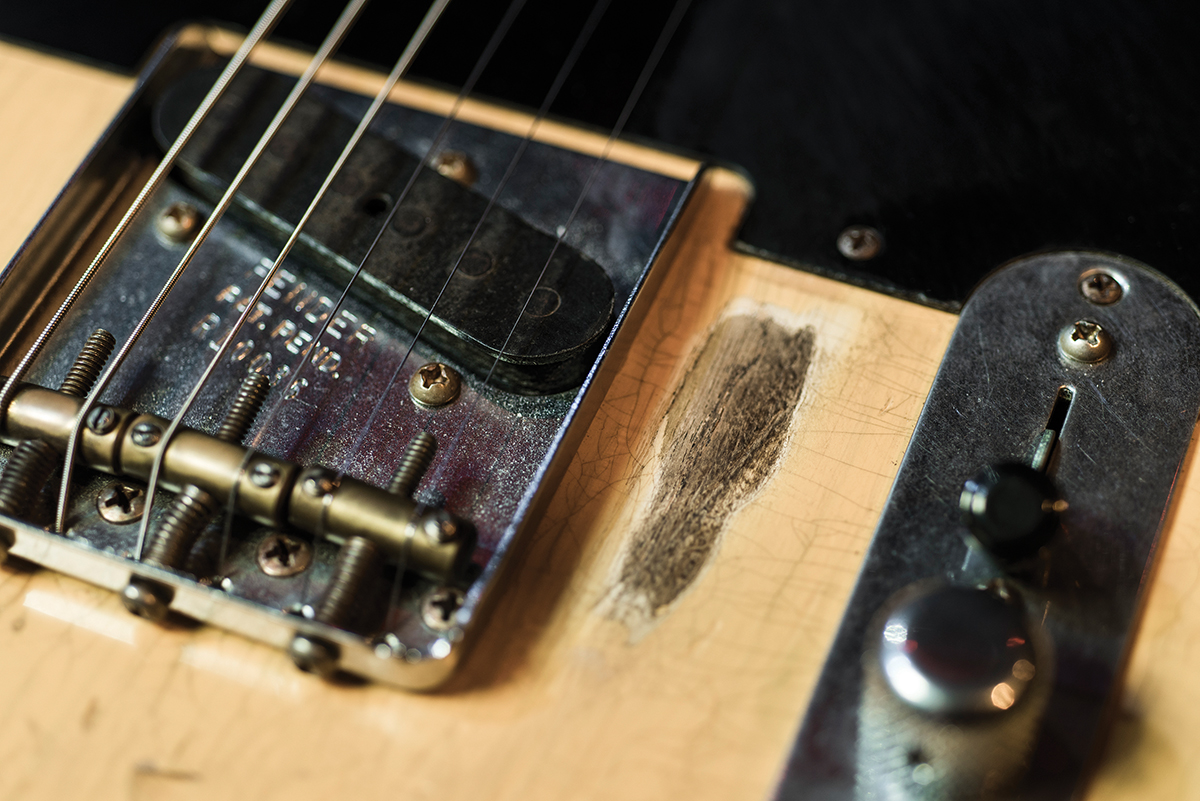
There was like, all these fucking amplifiers and guitars, and I just couldn’t settle on anything. We spent hours and hours… it’s funny with guitar players. We sit and listen to the sound on its own and you go, ‘Oh my god…’ and once it’s settled into the track it’s very different.
“I learned a lot from making this record as far as doing my own recordings at home, EQing guitars and finding a place for it in music. It’s been a great learning thing for me. And I don’t know if I’ll maybe disappoint a lot of blues guitarists because there’s not going to be very much of that. It’s about taking Vintage Trouble and throwing ourselves into a modern world that still contains what we do, but if the first thing I think of is doing that, let’s do the opposite.”
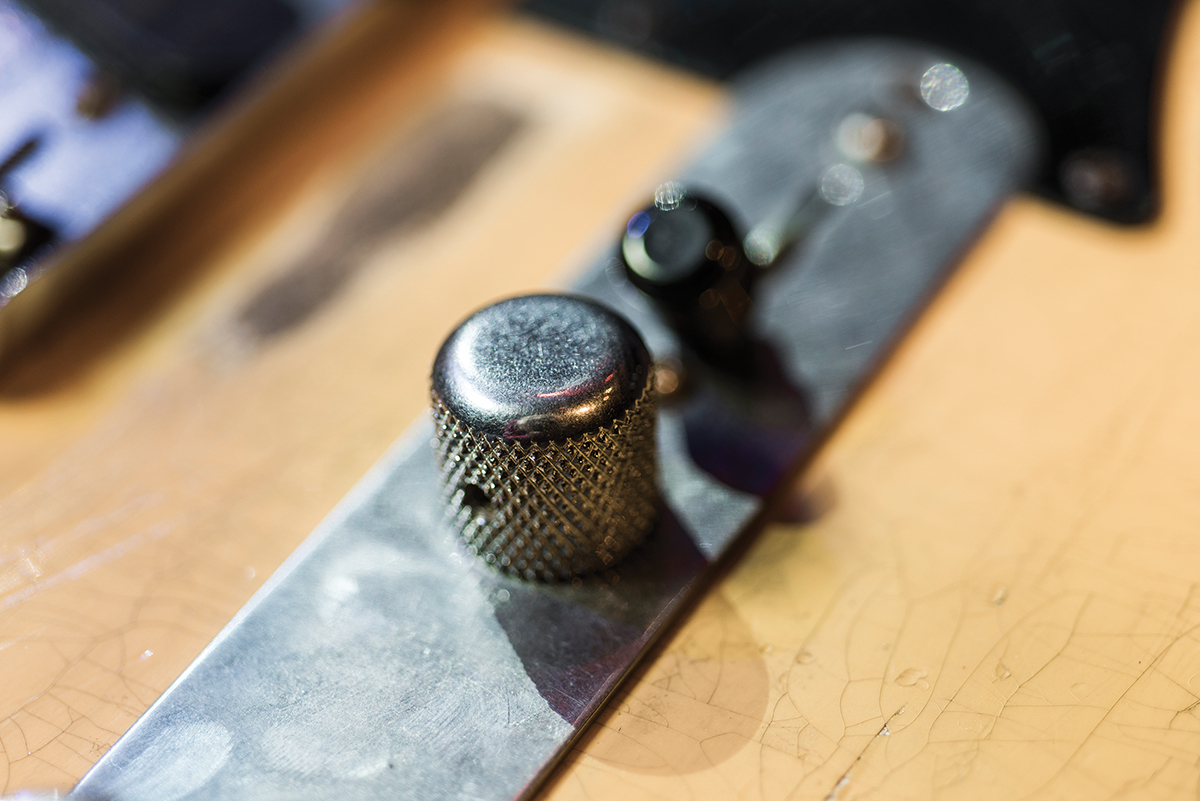
Right-Hand Man
Though Nalle says his approach to music has “always been kind of loose,” preferring to “just go for it,” working with Jeeve resulted in a more disciplined approach to arrangements. “I’ve always been kind of a free-flowing guy, I follow the melodies and answer the melodies. He wanted to separate our instruments and there were a lot of cool rhythm things I never would have thought of. It was really fun to work with him on building guitar parts that could really make something orchestrated.”
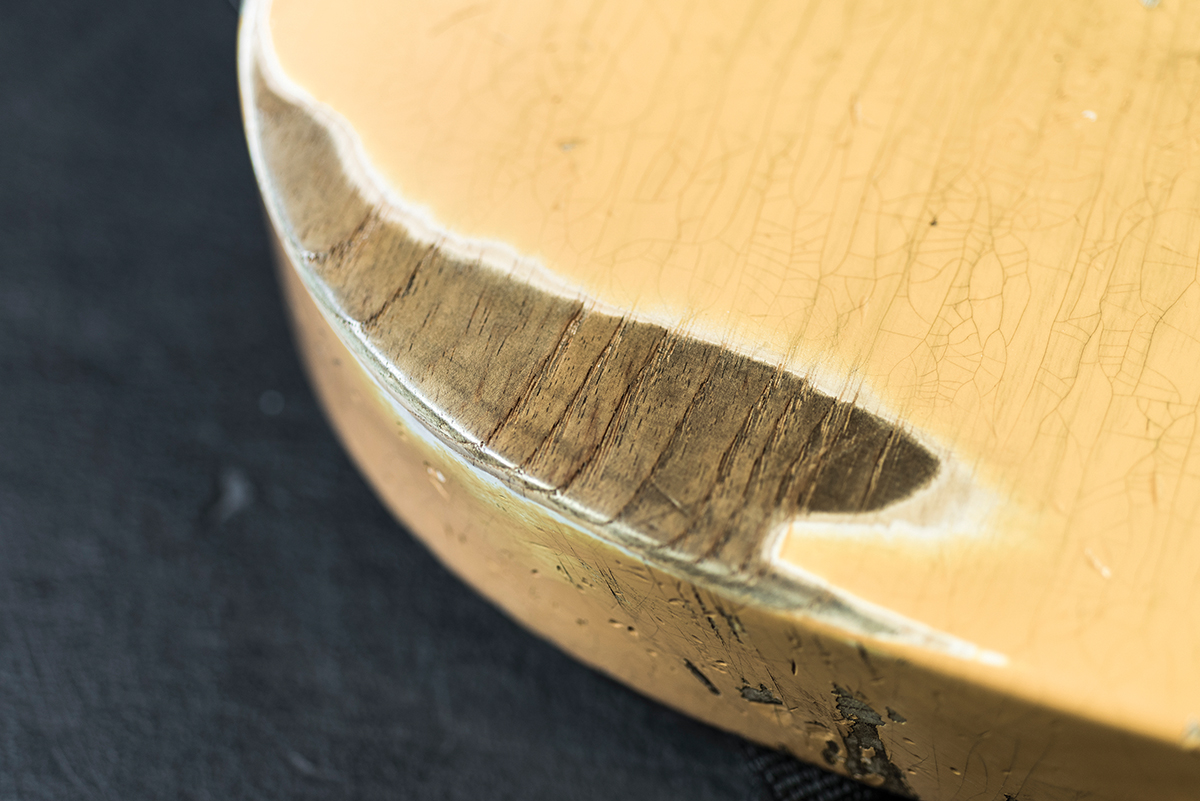
We wonder if the result is more of a right-hand record than a left-hand record in guitar terms. “Yeah, definitely. I think so,” Colt agrees, even if there was still some room to cut loose.
“We would usually do all the guitars then I was ask him to put the track on and just noodle over the whole track, like find my way. That was cool, we ended up leaving a lot of cool little things that ended up coming from that. But it’s more of a right-hand record.”
That’s if it ends up being a ‘record’ at all in the conventional sense. It’s ironic that the relentless march of modernity has birthed a 1950s-style singles culture in which two minutes of lightning in a bottle has much more impact than the release of a full album.
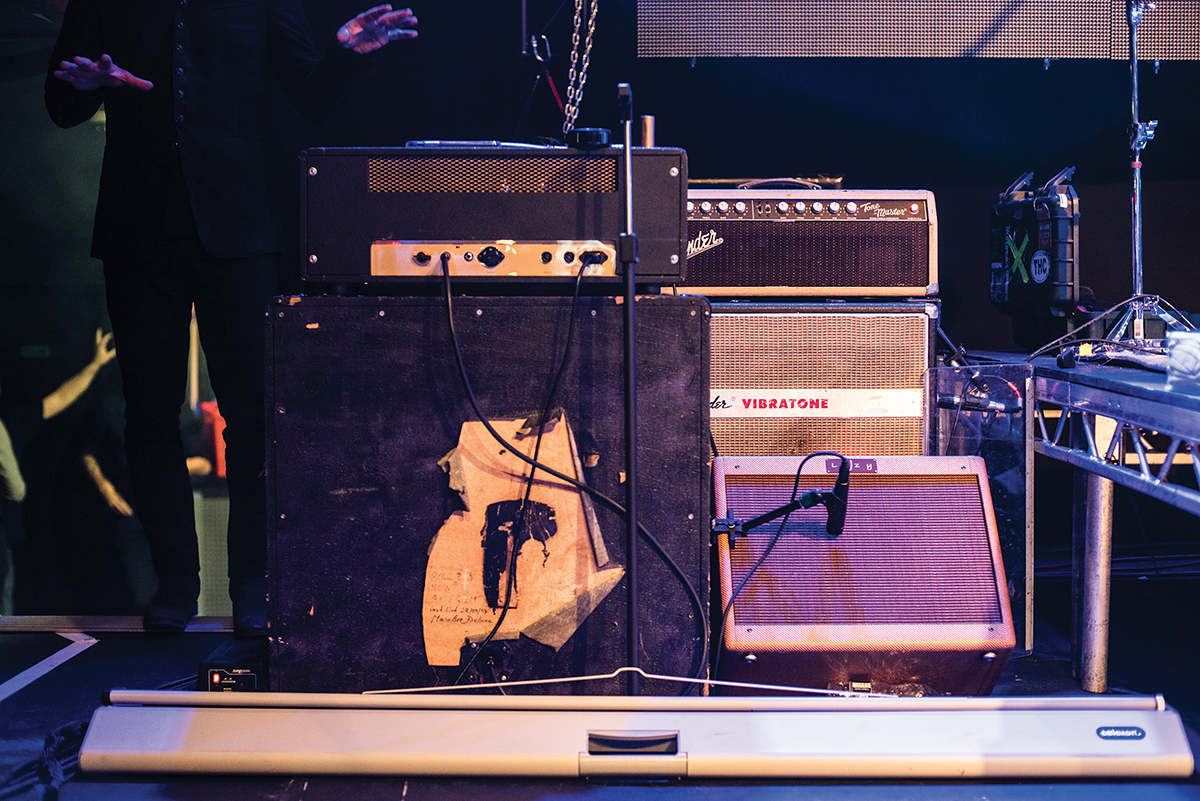
Although he used the house Vox and Marshall and plug-ins during the band’s recent studio stint, on the road his set-up still features his trusty Lazy J 20 combo along with a vintage Fender Vibratone cab driven by a Fender Tone-Master head and a 50-watt Plexi clone that has to point off-stage to keep the on stage volume levels manageable
“We got eight or nine songs done in Cayman Islands,” reveals Colt, “but we’ve got some new tracks that we want to get down so we might just fly straight back. We might not do a full album right away. It seems more important right now to just release tracks. It’s a different time and if you want to stay current… it’s more fun to release a song every now and then.
It gets attention. It’s taken a full spin. People are streaming a lot of music and it’s more fun to constantly have something fresh going on. We might just do that.

“I’ve been wanting to do this for a long time. We met with our manager probably six years ago and I told him we wanted to do this, but he comes from the old school. But I’m glad we’re here and doing what we’re doing. We’ll try it. It might not be the right way, who knows? We’re just like any other band. You’ve just got to throw yourself out there and do your best, and hope that people dig it.”

A Boss ES-8 effects switching system helps Nalle keep his new pedalboard in check
Vintage Trouble aren’t a band who are afraid of broadening their horizons. Along with the kind of work ethic that sees them use soundchecks to hone new material and record every live performance for post-match analysis on the tour bus, their willingness to look to the pop mainstream for inspiration as readily as the classic rock ’n’ roll music they grew up with is to be applauded. Even if it does mean listening to boyband star Harry Styles’ solo album.
“There’s fantastic guitars on it!” claims Nalle. “I couldn’t believe it. I recommend it to guitar players. It’s funny because in Los Angeles I have friends who are architects, for instance, and it’s fun to talk to them because it’s the same for them. They get stuck on a way of designing houses but then they just go on vacation – looking at huts in Thailand or something – and get this great idea and do something completely different.

“For me, I want to be that person. I don’t want to get stuck and end up being the old grumpy guy who just has to do it this way and ends up being boring. Our name is Vintage Trouble and we almost got known as being a retro band.
We never had any intentions of being a retro band, our inspiration came from 50s rock ’n’ roll music but we were never like, we have to be retro. For me it’s like, get inspiration and do music, wherever it takes you…”
